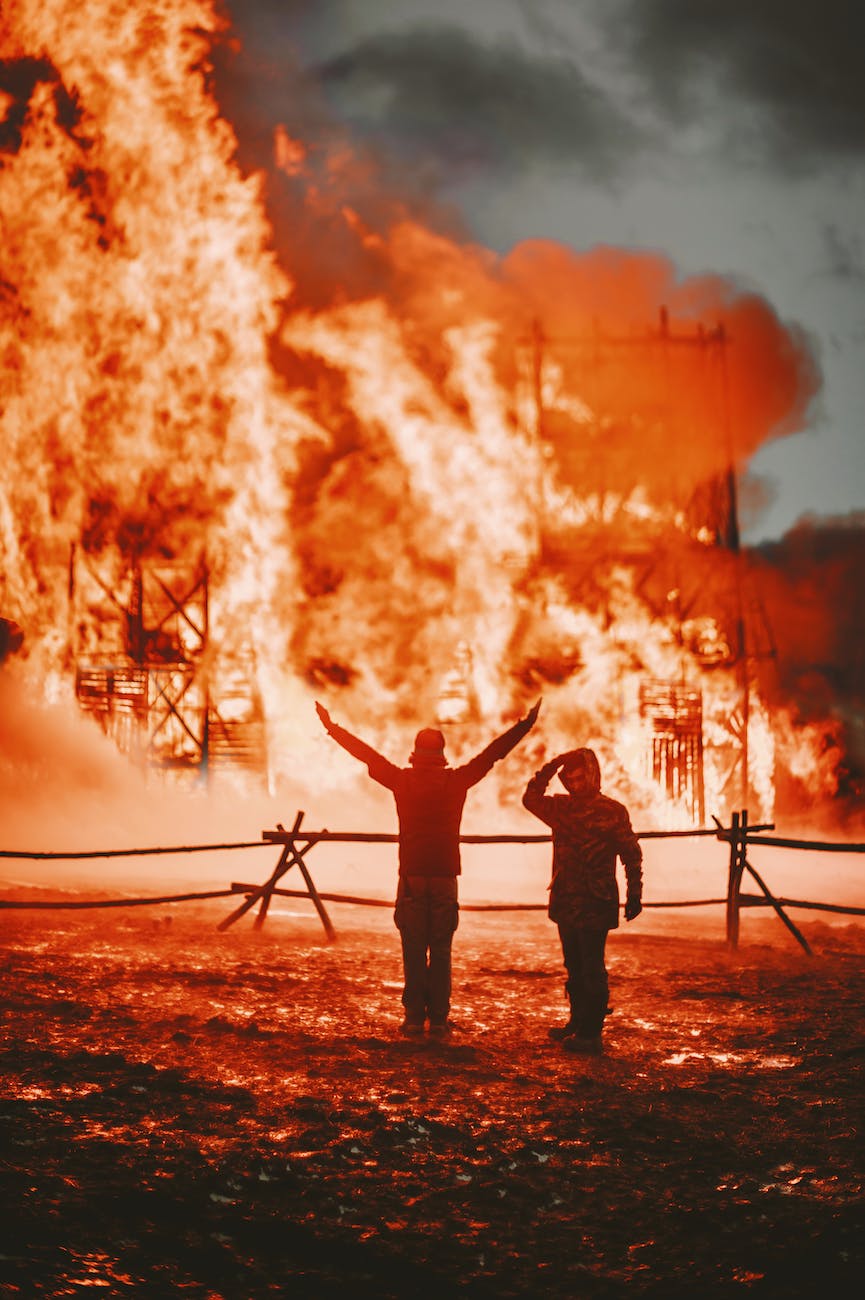
Types of Emergency in Construction Sites
Construction sites are bustling hubs of activity, but amidst the daily grind, unforeseen emergencies can pose significant threats. Understanding the types of emergencies that can occur within these environments is crucial for ensuring worker safety and minimizing potential damages. Let’s delve into the various types of emergencies that can arise on construction sites and how to effectively address them.
Introduction to Construction Site Emergencies
Emergencies within construction sites demand immediate attention and proactive measures. The complexities of these work environments expose individuals to various risks, ranging from physical accidents to natural disasters and hazardous material exposure.
Safety Hazards and Risk Factors
Identifying potential hazards is the first step in mitigating emergencies. Uneven terrain, heavy machinery, electrical wiring, and working at heights are among the factors that contribute to the risks prevalent in construction zones.
Types of Emergencies
Physical Accidents
One of the most common types of emergencies involves physical accidents. Falls from scaffolding, equipment malfunctions, and structural collapses are frequent occurrences, often resulting in severe injuries or fatalities.
Natural Disasters
Construction sites are susceptible to nature’s wrath. Weather-related events like storms, floods, or earthquakes can cause significant disruptions and pose immediate dangers to workers and infrastructure.
Fire Incidents
The presence of flammable materials, electrical wiring, and welding activities increases the likelihood of fire incidents. Rapid spread and intensity necessitate stringent fire safety protocols.
Chemical and Hazardous Material Exposure
Handling chemicals and hazardous materials exposes workers to health risks. Accidental spills or exposure can have detrimental effects if not managed promptly and effectively.
Here are some types of emergencies that can occur on a construction site:- Accidents and Injuries: This includes falls, electric shocks, getting struck by objects, or machinery accidents.
- Fire Emergencies: Due to electrical faults, gas leaks, or combustible materials, fires can quickly escalate on construction sites.
- Chemical Spills or Leaks: Mishandling of chemicals or substances used in construction can lead to spills or leaks, posing health risks to workers.
- Structural Collapses: Buildings under construction or excavation sites might collapse, endangering workers and nearby structures.
- Medical Emergencies: Heart attacks, heat strokes, or other health issues might occur on-site, requiring immediate medical attention.
- Natural Disasters: Events like earthquakes, floods, or severe storms can cause significant damage and pose dangers to workers.
- Electrical Outages: Power failures can disrupt operations, potentially causing accidents or leaving workers in hazardous situations.
- Equipment Malfunctions: Machinery and tools breaking down or malfunctioning can cause accidents or delay work, requiring immediate attention.
Being prepared for these emergencies involves having well-defined protocols, trained personnel, appropriate safety equipment, and effective communication systems in place to ensure swift responses and minimize risks to workers and property.Emergency Response Protocols
Developing comprehensive emergency action plans tailored to specific site conditions is imperative. Regular training sessions and drills ensure that workers are well-prepared to respond efficiently during emergencies.
Preventive Measures and Best Practices
Implementing stringent safety guidelines, conducting regular inspections, and fostering a culture that prioritizes safety can significantly reduce the likelihood of emergencies on construction sites.
Conclusion
Construction sites are dynamic environments prone to diverse emergencies. Understanding the types of emergencies and adopting preventive measures and robust response protocols are pivotal in ensuring the safety and well-being of everyone involved.
HSE LEGAL Compliance Documents PPT | Download PPT
FAQs
- Are construction sites more prone to certain emergencies than others?Yes, certain emergencies like falls, equipment malfunctions, and fire incidents are more prevalent due to the nature of construction work involving heavy machinery, heights, and flammable materials.
- How often should emergency drills be conducted on construction sites?Emergency drills should be conducted regularly, ideally at least once every few months, to ensure workers are familiar with protocols and can respond effectively during emergencies.
- What are the key components of an effective emergency action plan?An effective emergency action plan includes clear communication channels, designated emergency exits, roles/responsibilities assignment, first aid provisions, and procedures for alerting emergency services.
- Can technology assist in preventing construction site emergencies?Yes, technology such as sensors for monitoring equipment, real-time tracking of workers, and predictive analytics can help identify potential hazards and prevent accidents.
- How can workers contribute to maintaining a safe work environment on construction sites?Workers can contribute by following safety protocols, reporting hazards immediately, participating in training sessions, using personal protective equipment (PPE), and staying vigilant about potential risks.





















